Content of E-Book
|
√ Top 12 Tips to Set Up for Success √ Using Sensory Toys to Improve Learning and Behaviour √ Different Ways of Teaching √ Use Rewards and Special Interests to Motivate and Engage in Learning √ 12 Top Tips to Keeping on Task √ Why and How to Use Visuals √ 9 Tips to Facilitate Social Skills Activities √ Dysgraphia and Typing √ 14 Key Strategies for Managing iPads and Tablets |
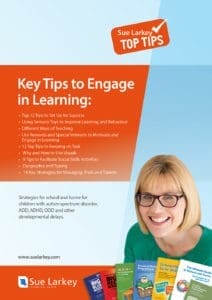 |
Strategies for school and home for children with autism spectrum disorder, ADD, ADHD, ODD and other developmental delays.
Top 12 Tips to Setup for Success
- Understand the child’s difference (strengths and challenges), accept their different way of thinking, learning, socialising, etc .
- Break it down. Break tasks down into smaller parts and give them each step sequentially. If possible, give them a checklist to mark off as they do each step. Do NOT expect the children to multitask! Allow them extra time to get it done, but let them finish! It is important to finish one task before going to another.
- Slow it down. Be aware of communication difficulties. Allow time to process verbal information, use visuals, and don’t overload them with verbal information.
- Use their special interests to motivate and engage – their strengths are motivated by their interest.
- Show them what is expected and what is happening, then they have less need to fight for control (i.e. schedules, routines, timers).
- Be careful how you use words, their literalness can mean they misunderstand you. Avoid words like ‘could’, ‘would’, ‘can’ as they perceive them as a choice, e.g. “Can you start work” can be seen as a choice.
- Use visuals to support learning: schedules, photos, pictures, symbols, timetables, highlight key information, mind maps, etc.
- Prepare by previewing. If possible ‘preview’ the learning ahead of time, to give a mental framework of what is being presented or what is next.
- Check in regularly – don’t wait for the student to ask for help – check in (learning, social and behaviour).
- Computers and iPads are enabling for so many people with ASD, they can help build connections and confidence.
- They find it hard to see things from other people’s perspective. This is known as ‘theory of mind’. They might also find it hard to understand and predict other people’s behaviour, and to understand how their behaviour affects others..
- They often find it hard to recognise facial expressions and the emotions behind them. They may miss facial cues from adults about behaviour, or social cues from peers..
Want more Tips and Strategies
Sue Larkey Books
The Ultimate Guide to School and Home
By Sue Larkey and Anna Tullemans
This book provides key strategies for all ages and stages. It offers over 500 practical strategies and timer savers for school and home from engaging disengaged students, what to do if you don’t have a teacher assistant to considerations for setting up a classroom for teachers; and from developing friends, to moving house and choosing a school for families. It is the ultimate guide for teachers, parents and all professionals supporting children with autism spectrum disorder, including Aspergers, ADD, ADHD, ODD and other developmental delays.
Developing Social Skills
A starting point for teaching and encouraging social interactions and skills for children with an autism spectrum disorder and other developmental delays. It is a useful concrete and visual resource which when coupled with videoing, role playing and modeling will help young primary school age children with an autism spectrum disorder to better understand the social world around them. This book includes hundreds of ideas, social stories and worksheets. It is a great resource full of time savers for home and school.
The Early Years
This book is full of practical ideas to give children with an ASD and other developmental delays the KEYS to learning. Teaching to play, write, draw, imitate etc. Toilet training, community access, etc. To sit, ask for help, wait, play, attention to task, sign songs, etc. Great easy to photocopy programmes.
Cook Books and Teaching Manual
This Manual and Both Cook books have ready-made programmes linking curriculum and educational outcomes. These books are an ideal teaching programme for everyone. Cooking is a marvelous tool to teach everything from maths to social skills. Because cooking is a favourite with all children it’s a wonderful teaching and learning activity appropriate for all ages and stages!
Teacher Assistant Big Red Book of Ideas
Hundreds of ideas you can try. Setting up the classroom, the role of the teacher assistant, behaviour in the classroom and playground, stages of anxiety, transition, sensory toys and activities. Includes frequently asked questions and MORE!
Teacher Assistants Big Blue Book of Ideas
Companion to the Teacher Assistants Big Red Book of Ideas. Hundreds of new strategies to try. Social skills: playgrounds, friendships, building self esteem, bullying. In the classroom: getting on task, adapting tasks and exams, building independence. Managing anxiety and behaviour
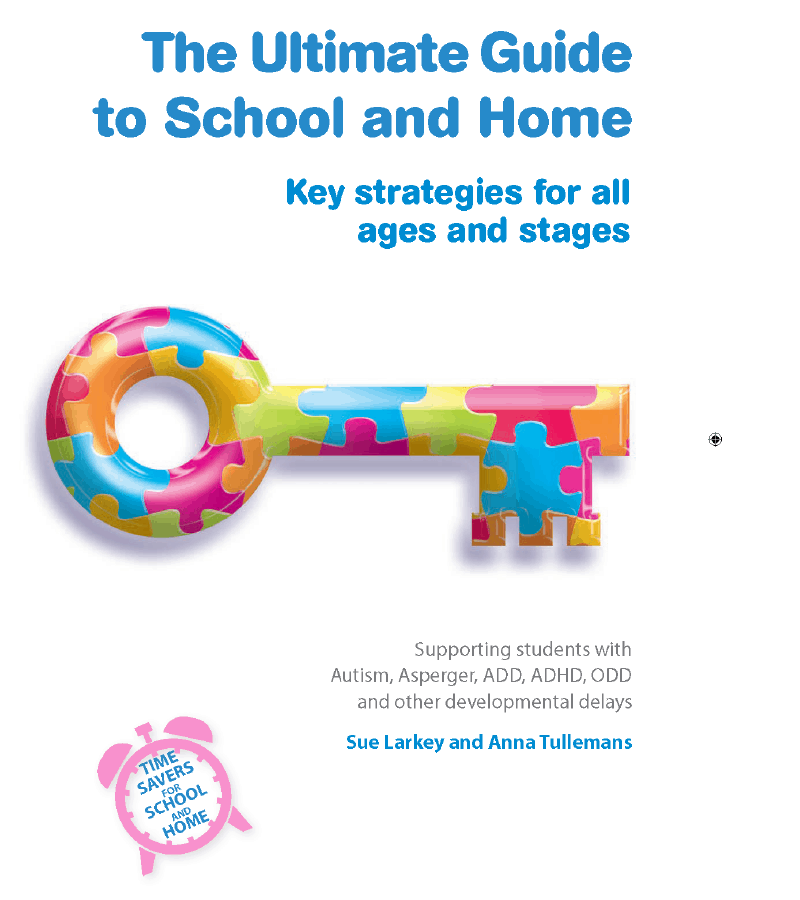

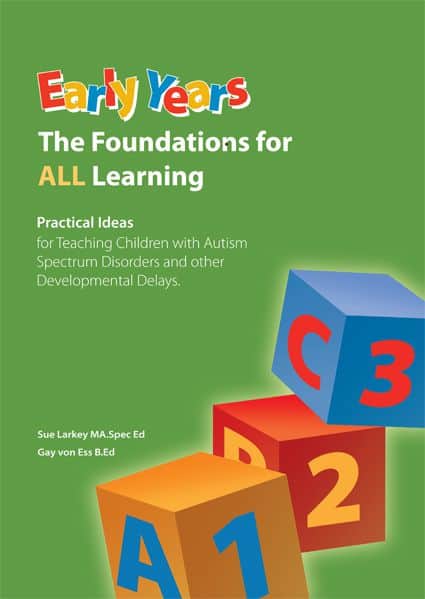

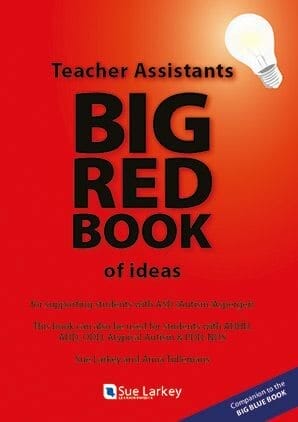
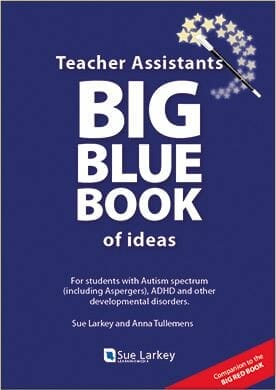




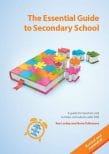

 For all orders outside Australia please email
For all orders outside Australia please email 